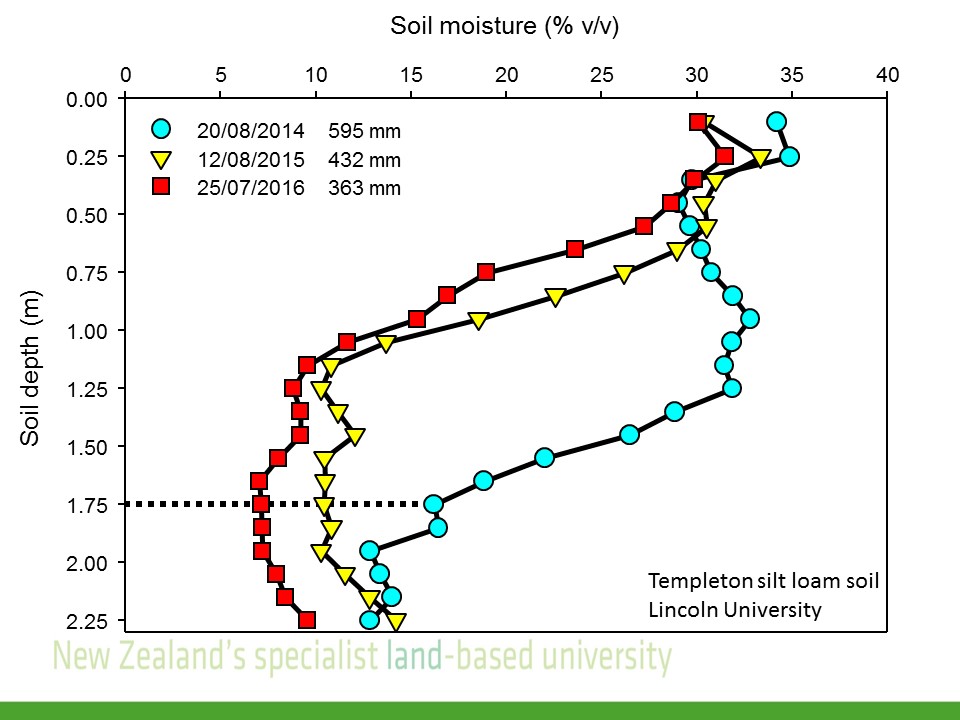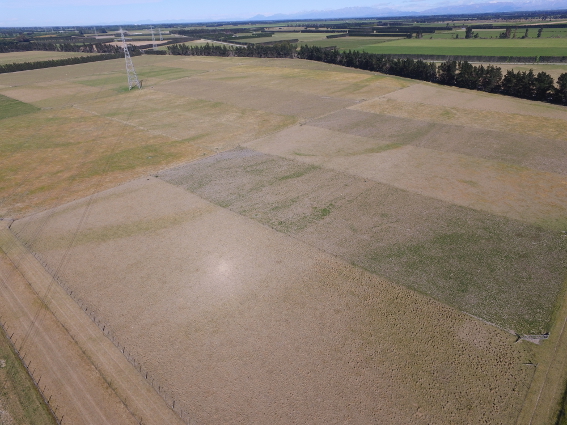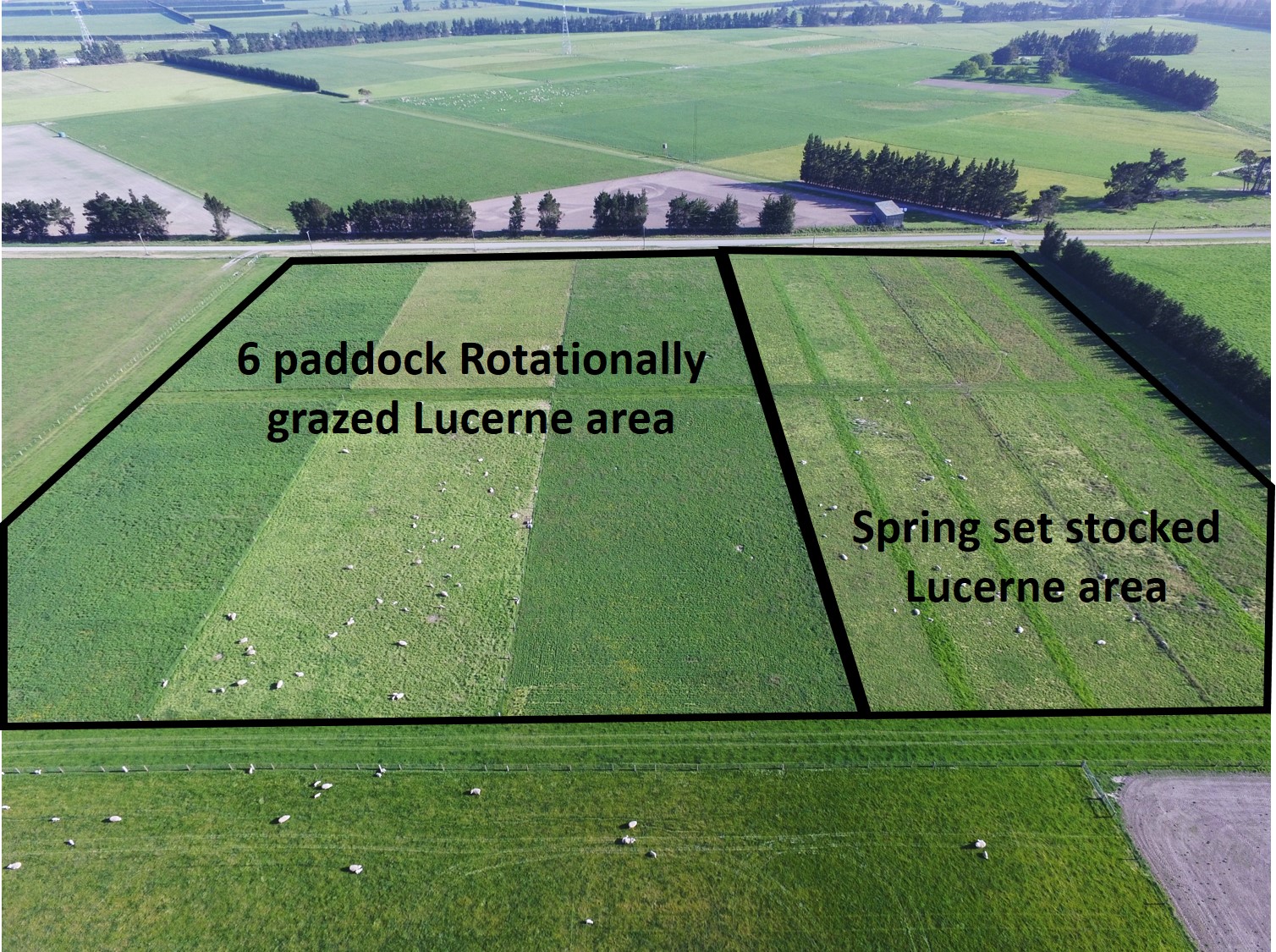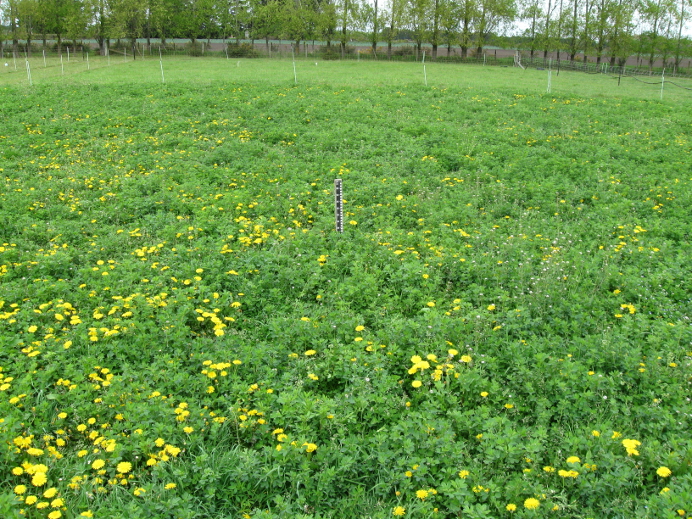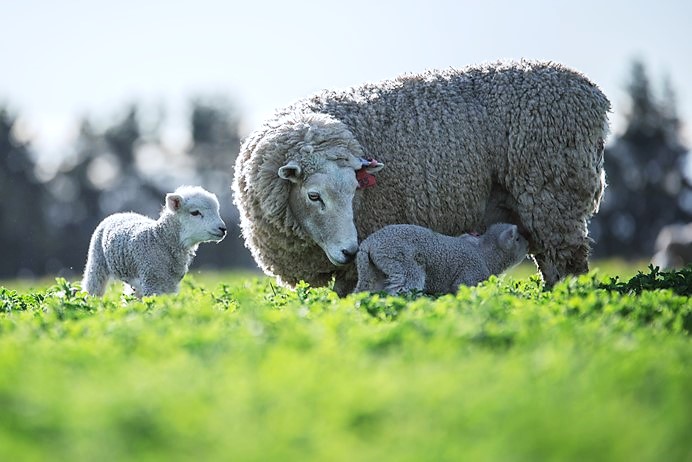Managing sub clover in spring
Posted prepared by the Dryland Pastures Research Team – R. Lucas, S. Olykan, D. Moot, C. Teixeira and A. Mills. Earlier this year, Prof. Derrick Moot discussed ‘Planning for sub clover dominant spring pastures in autumn’(1) so that farmers would have high quality feed for their lactating ewes. There’s a good reason for the focus … Read more




